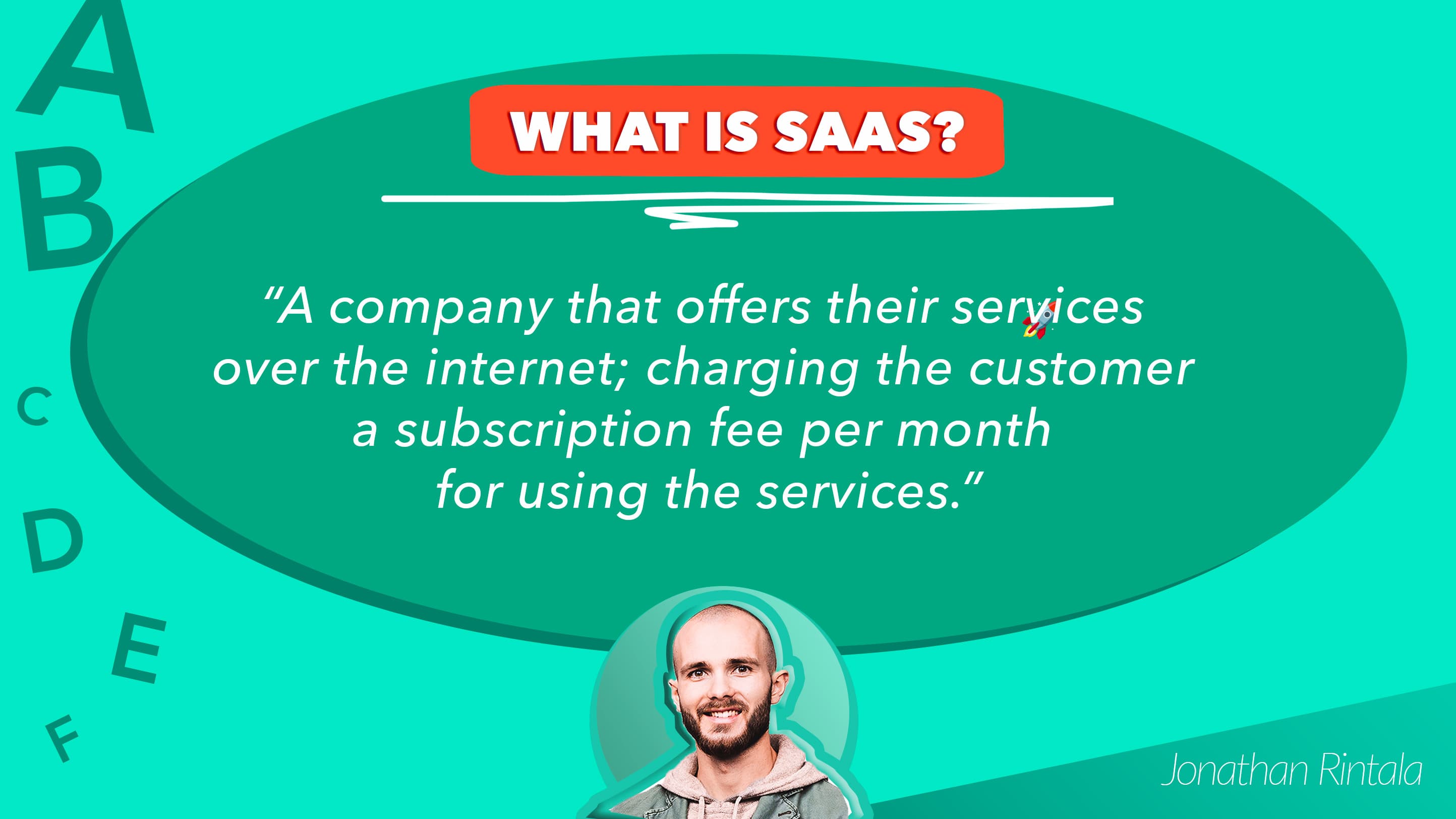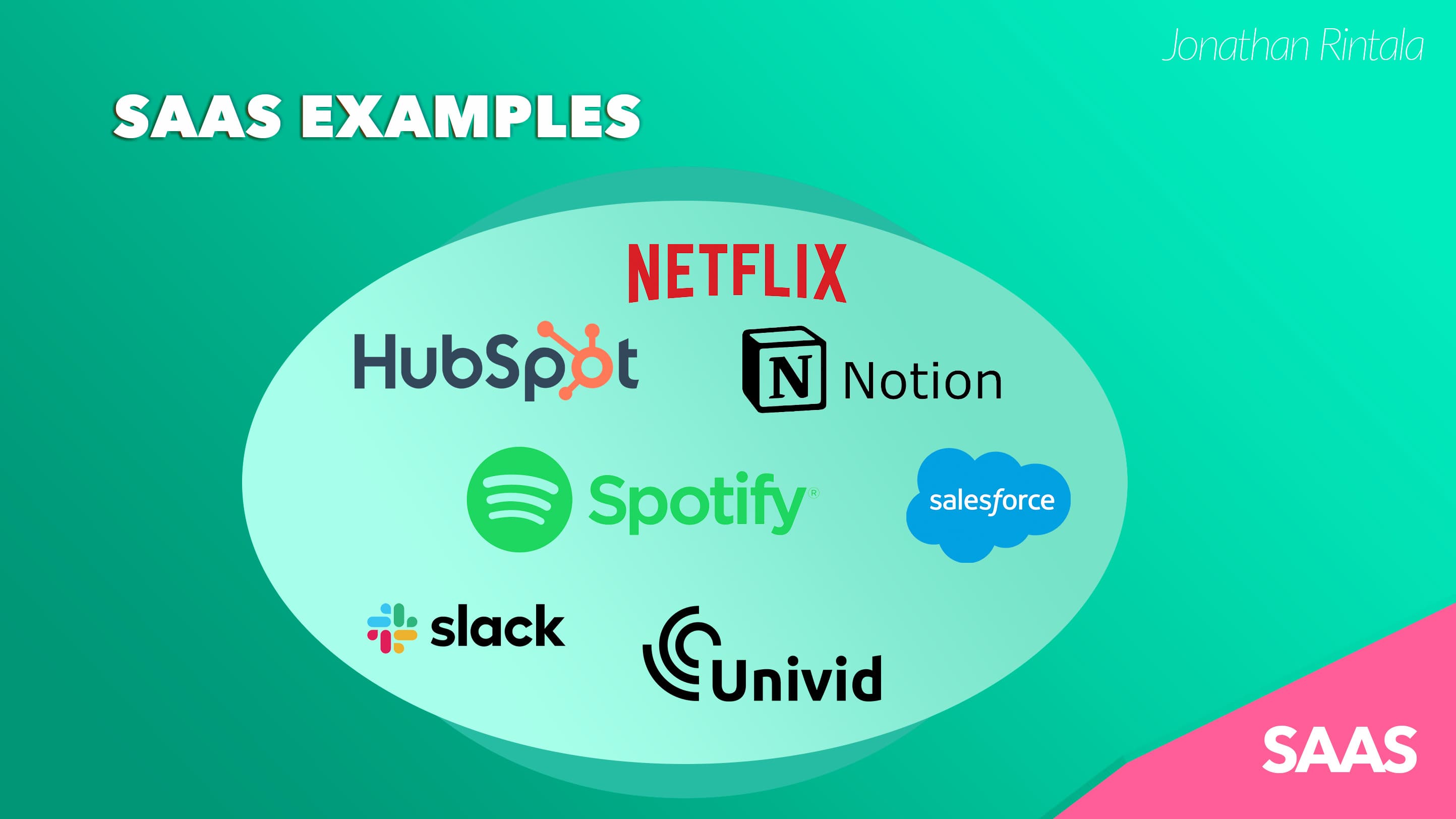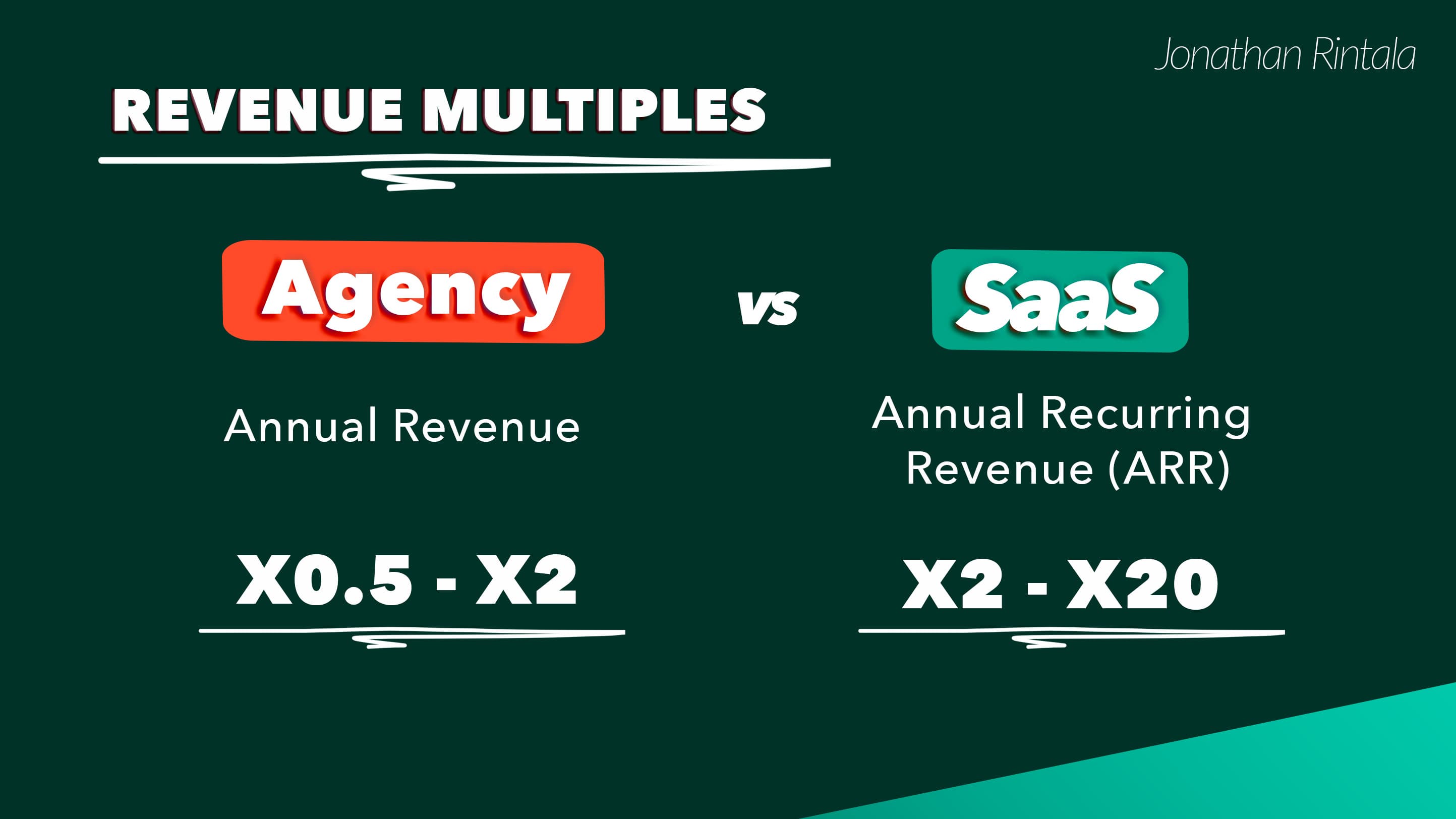Software as a Service: The Ultimate Guide to SaaS

Contents
SaaS (Software as a Service) has revolutionized how businesses operate, providing scalable and accessible solutions via the internet.
What is SaaS (Software as a Service)?
SaaS (Software as a Service) means a company that offers their services over the internet to different companies or consumers that typically pays a subscription fee per month or per year for using this service.

Unlike traditional software that requires physical installation and regular updates, SaaS allows users to access applications via a web browser, ensuring they are always using the latest version. This model is particularly beneficial for B2B SaaS companies as it facilitates easy deployment, scalability, and lower upfront costs.
Examples of SaaS (Software as a Service)
Some well-known examples of SaaS include Salesforce for customer relationship management (CRM), Slack for communication and collaboration, and HubSpot for marketing automation. These platforms are used widely in B2B contexts to streamline operations, enhance productivity, and drive growth.

Some well-known examples of SaaS companies are the following:
Examples of B2B SaaS Companies
HubSpot
Slack
Univid
Salesforce
Examples of B2C SaaS Companies
Spotify
Netflix
Notion
Why is SaaS (Software as a Service) Important?
SaaS is critical for several reasons: it reduces the need for significant upfront investments in software and hardware, offers scalable solutions that grow with the business, and provides automatic updates to ensure the latest features and security protocols are in use.
For founders and CEOs, understanding SaaS can help in making strategic decisions that save costs and improve efficiency.
Why should you care about SaaS?
In short - the best thing about SaaS is the recurring revenues part.
This means multiples when you exit the company as founder are alot higher than if you were to build a traditional business like a coffee shop, a consultant firm, or an agency.
Revenue multiples when exit: Agency vs. SaaS
Revenue multiples are generally how potential acquirers (or investors) determines what you company is worth.

When selling an agency - you can expect a revenue multiple of X0.5, at most X2 of your Annual Revenue. Often less.
BUT, with SaaS - you can expect X2-X6 of your Annual Recurring Revenue (ARR). Sometimes even up to X20 of the ARR if it's a good strategic fit.
Best Practices for SaaS (Software as a Service)
To leverage SaaS effectively, founders, CEOs, and marketers should focus on choosing the right service provider that aligns with their business needs, ensuring robust data security measures are in place, and promoting user adoption through training and support. Additionally, regularly reviewing the ROI and performance metrics of SaaS applications can help in optimizing their use and contribution to business growth.
Want to learn more about growing SaaS companies?
